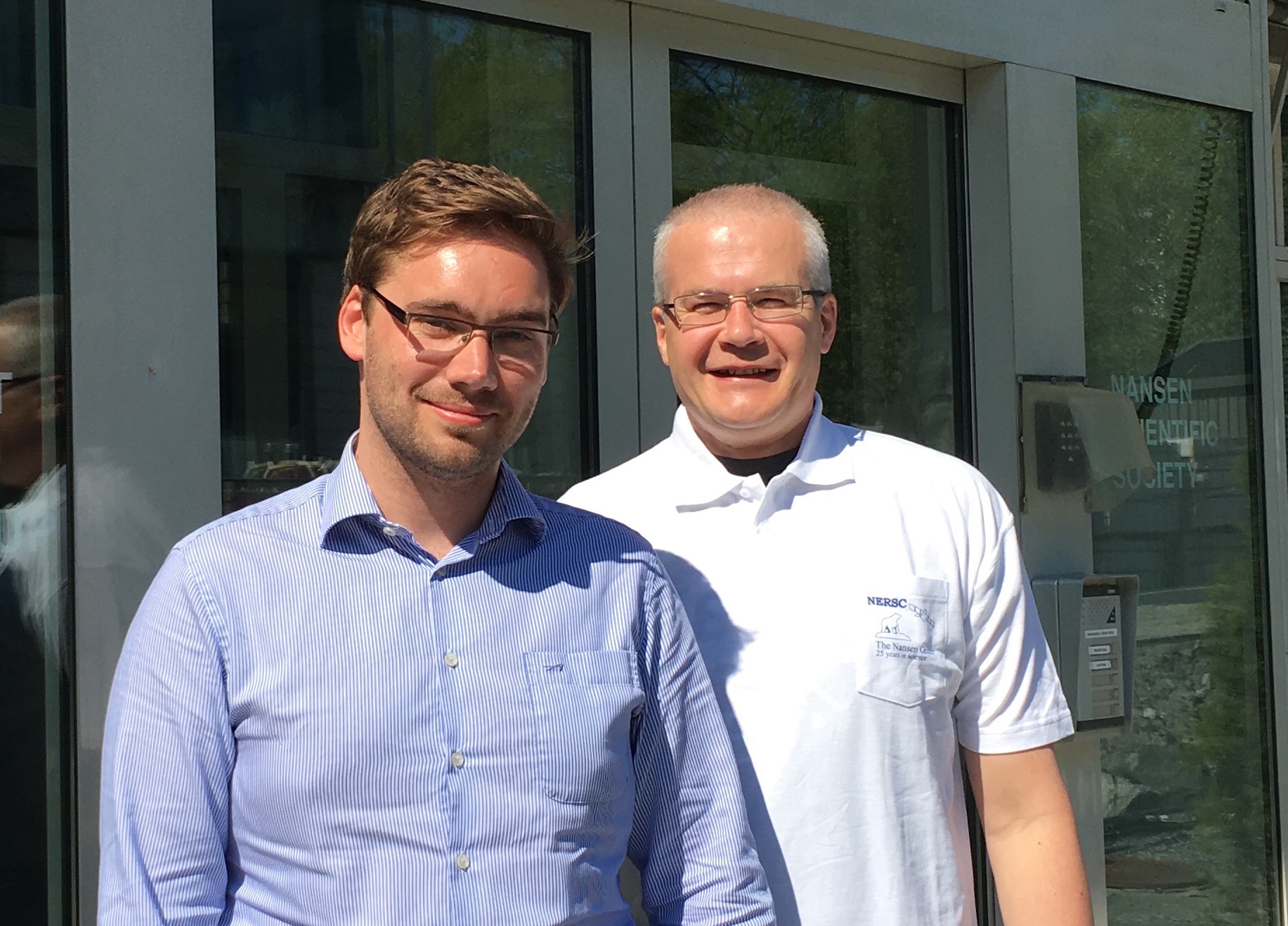The scientists Richard Davy and Igor Esau at the Nansen Environmental and Remote Sensing Center and the Bjerknes Center for Climate Research in Bergen

Norway, bring a new perspective to understanding why some climate processes are more effective at changing the surface temperature than others in their new paper in Nature Communications.
Especially important in the Arctic
While recent works had shown that the efficacy of a climate forcing does depend upon where and when it is applied, the reason for this had not been defined. This difference in the efficacy of a forcing is especially important in the Arctic, where we have seen the fastest warming. Understanding which processes are most effective in changing the climate will allow us to re-evaluate the relative importance of different processes in the climate system, which is essential for our society in prioritising research. This is a crucial aspect of the efforts to predict how much surface temperatures will change in response to increased carbon dioxide in the atmosphere.
There are many processes which affect the surface climate: changes to the sun’s activity, to the cloud cover, precipitation patterns, or soil water content to name just a few. Currently climate scientists relate these processes by looking at how much they change the energy budget, described by perturbations in the radiative forcing. The existing assumption is that if a given process introduces a certain radiative forcing, then there will always be the same response in the surface air temperature. However, this assumption doesn’t hold for the temperature response on climatological scales because it neglects variations in the effective heat capacity of the atmosphere.
Deep and shallow boundary layers
The effective heat capacity of the atmosphere is defined by the volume of air that is heated, which is described by the depth of the boundary layer. This is the layer of air just above the ground and it is essentially separated from the rest of the atmosphere. The depth of the boundary-layer can vary from just a hundred meters in very cold conditions to several kilometres in warm conditions. Because of these big differences in the effective heat capacity, the surface air temperature has a very different sensitivity depending upon where and when a forcing occurs. So the addition of an equal amount of energy across the globe means that the places with deep boundary layers will warm less than those with shallow layers, as there is a much greater volume of air through which that heat is spread.
This is the reason that some climate forcing processes are more effective than others at warming or cooling the Earth. Those processes which act in the places and times that have shallow boundary layers will trigger a stronger temperature response. By accounting for the variations in the boundary layer depth we can assess how much a climate forcing changes the amount of heat in the climate system, and so we can compare different climate forcings in a like-for-like way.
Reference:
Davy, R. and Esau, I. Differences in the efficacy of climate forcings explained by variations in atmospheric boundary layer depth. Nature Comms XX, XX-XX, (2016).

